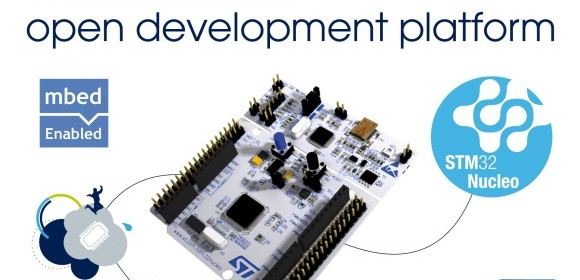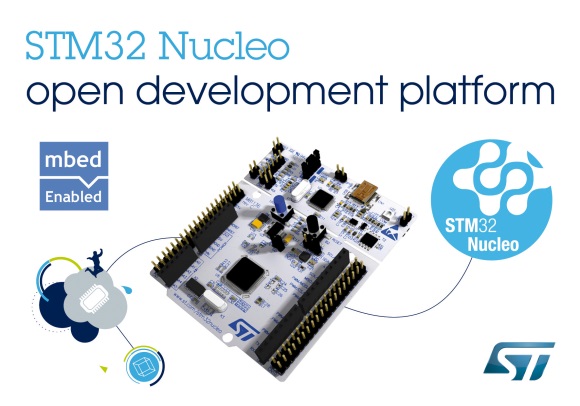New STM32 Nucleo development boards are mbed-enabled and support Arduino connectivity

STMicroelectronics reveals affordable, extensible platform called STM32 Nucleo for efficient prototyping with STM32 Microcontrollers. The STM32 Nucleo development boards are mbed supported, and have Arduino pin headers on board so that the tons of existing Arduino shields can be easily used with these boards.
The new STM32 Nucleo boards are mbed-enabled, and support Arduino connectivity while also providing ST Morpho extension headers that allow access to all of the microcontroller’s on-chip peripherals. As an mbed-enabled board, developers can make use of the mbed open source software platform, online tools and collaboration infrastructure at mbed.org. The board’s Arduino headers accept shields from the extensive Arduino ecosystem, allowing developers to add specialized functionality quickly and easily. ST will also offer its own dedicated shields supporting functions such as Bluetooth® LE or Wi-Fi® connectivity, GPS, audio recording leveraging the Company’s MEMS microphone expertise, proximity sensing, and wireless control.
